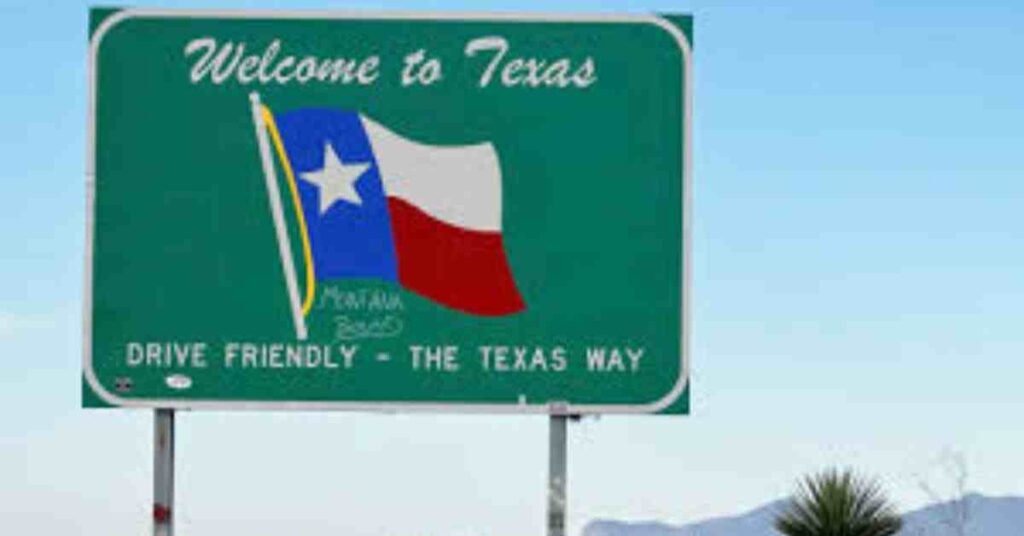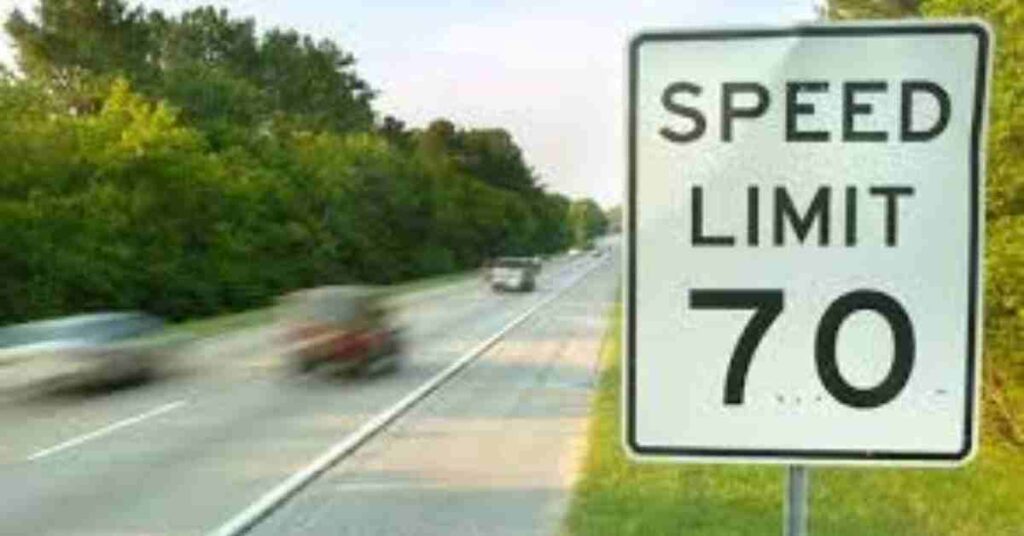How Long Does It Take To Drive Across Texas?

Texas, the second-largest state in the union, shares a southern international border with Mexico and borders Louisiana, Arkansas, Oklahoma, and New Mexico. We enjoy road trips in Texas, but sometimes you might be curious about how long it would take to travel the entire distance.
With normal traffic, a trip on the I-10 across Texas between Louisiana and New Mexico takes about 12 hours. With stops for food and gas, it will take fourteen hours. It takes eight hours and thirty minutes to go across North Texas on the I-40.
We’ve created a helpful guide with information about the distances involved, how long it takes to drive them, and other factors you should know to help you estimate how long it will take you to drive throughout Texas.
Time to drive across Texas
Because of its irregular shape, there are several ways to cross Texas, and the time required depends on the route taken.
The two most popular routes for traveling across Texas are via the I-10 in the southern portion of the state and the I-40 in the northern portion, which passes through the Texas Panhandle.
Traveling from Louisiana to New Mexico across southern Texas
The most popular way to cross Texas is along one main road that runs through the southern part of the state. From the Louisiana border at Orange, the route travels along the I-10 across Houston and San Antonio to the New Mexico border at El Paso.
When traveling between Arizona or California and the majority of southern states, trucks and cross-country drivers follow this route.
Before stops and breaks are taken into consideration, this journey typically takes 12 hours to drive, though traffic in the larger cities can make that up to 14 hours.
With 870 miles to travel from border to border, you’ll probably need to refuel twice, stop for lunch, and take a few more pauses for comfort. Expect to travel across Texas for 14 to 16 hours if you conservatively give yourself two hours for the various stops to stretch your legs.
You’ll need to stop someplace overnight unless you’re driving during the day and switching drivers, so include the time you need to sleep when calculating the distance.
Drive through the northern Texas Panhandle
People travel through the north of Texas by a few different ways. There are three typical entry points: from Shreveport, Louisiana, along the I-20; from Texarkana, Arkansas, or Oklahoma, along the I-40.
The I-10 from El Paso and the I-40 from Amarillo are the two main routes out of Texas into New Mexico.
Use the table below to determine your journey time and get an idea of how long your drive across Texas will take. On longer drives, factor in a few hours because these estimates do not include stops or breaks.
| From | To | Driving time |
| Shreveport (LA) | El Paso (TX) | 11h (816 miles) |
| Shreveport (LA) | San Jon (NM) | 8h 30m (600 miles) |
| Texarkana (AR) | El Paso (TX) | 11h 20m (826 miles) |
| Texarkana (AR) | San Jon (NM) | 8h 30m (564 miles) |
| Erick (OK) | San Jon (NM) | 2h 30m (177 miles) |
It’s time to drive from the Mexican border through Texas

There are several routes you can take if you’re traveling across the border between Mexico and the United States and entering Texas from the south. There are around 29 border crossings from Mexico into Texas, and there are numerous ways to enter the state, depending on where you are going in the US.
We’ll talk about the most popular routes and how long they take to drive. Many drivers from Mexico will cross the Pharr-Reynosa International Bridge or enter Texas at Laredo.
The two most popular routes for people leaving Texas are the I-30 into Arkansas for those in the Northeast or the I-10 into Louisiana for those in the southern U.S.
Driving into Louisiana from Laredo will take six hours and thirty minutes, while crossing into Arkansas will take eight hours and thirty minutes. The same paths take seven and ten hours from the Pharr crossing, respectively.
The time it takes to cross the border might vary greatly depending on the time of day and the day you are crossing, so keep in mind that these times do not include that time.
Variables to know that can impact your driving time
The largest factor influencing how long it takes to drive throughout Texas is traffic. Even though the majority of the state is comparatively uncrowded, you run the risk of getting caught in traffic if you are traveling through a major city or alongone of the busiest routes, particularly during rush hour (similar to I-10 between large cities).
With 26 lanes of traffic, the I-10 portion west of Houston is the widest road segment in the world, and for good reason—it can get extremely congested. Along this stretch, I’ve flown through it late at night and stood in line for the odd hour.
The amount of stops you’ll need to make along the way will also have a significant impact on how long it takes you to finish the trip. You’ll need to factor in plenty of extra time to complete the drive if your car is extremely thirsty for gas or if you have a baby that has to be stopped at least every two hours.
You won’t be able to continue traveling without stopping for a rest because Texas is made up of hundreds of miles.

There are significant variations in speed restrictions even on major routes.The speed limit on the interstates will range from 55 to 80 miles per hour. Some cities are starting to lower speed limits as you get closer and drive around them, even if some of the lengthy 80 mph sections are fantastic and let you get a lot of distance fast. In 2018,
El Paso lowered the I-10 speed limit to 60 mph due to road construction, but they did not raise it once the work was finished.
Ideas to drive across Texas in the shortest possible time
Here are some suggestions for cutting down on the amount of time you spend on the road if you absolutely must travel across Texas as soon as feasible.
First, to reduce the amount of time you need for breaks and relaxation, it’s a good idea to drive with at least two drivers who can switch positions during the trip.
Next, choose a practical vehicle instead of the enormous gas-guzzler if you have a choice or are renting a car. Southern routes span more than 800 miles. You won’t need to make two or three stops at a gas station if you drive a fuel-efficient vehicle.
Going through the night is not the best time to make the drive. In Texas, some speed restrictions are lowered at night, and because of the reduced visibility, progress may be slow. Crossing the border at around 7:30 am is the fastest method to travel across Texas.
This lets you make the most of the daytime and be back before dusk.On a 12-hour trip along the I-10, the difference is not as significant as you might imagine, but Sundays are typically around 30 minutes faster if you have a choice of days because of reduced traffic.
Frequently Asked Questions
How long does it take to drive completely across Texas?
Driving from one end of Texas to the other might take up to sixteen hours. Therefore, even while moving inside the same state would seem easier than moving across the nation, this isn’t actually the case in the largest state in the continental United States.
What is the longest you can drive in Texas?
With the exception of a summertime detour through California and a route around Alaska, Texas is perhaps the only state where a person may travel 3,000 miles inside its boundaries. That is to say, a road trip might be considered “epic” without ever leaving the Lone Star State.
Is it illegal to drive too slow in Texas?
A driver may receive a traffic penalty for breaking the Texas statute that prohibits blocking traffic or driving too slowly. The penalty usually ranges from $200 to $500. The current fines in Dallas are $191.10 for driving too slowly in the left lane and $211.10 for obstructing traffic.
What is the best month to go to Texas?
The greatest time to visit Texas is usually thought to be in the spring, which runs from March to May. Beautiful scenery is created by the blossoming wildflowers, particularly bluebonnets, and the moderate, pleasant weather.
Fall (September to November): With lower humidity and milder temps, this is still another great season to go.
for more information kindly visithttp://www.txdot.gov






